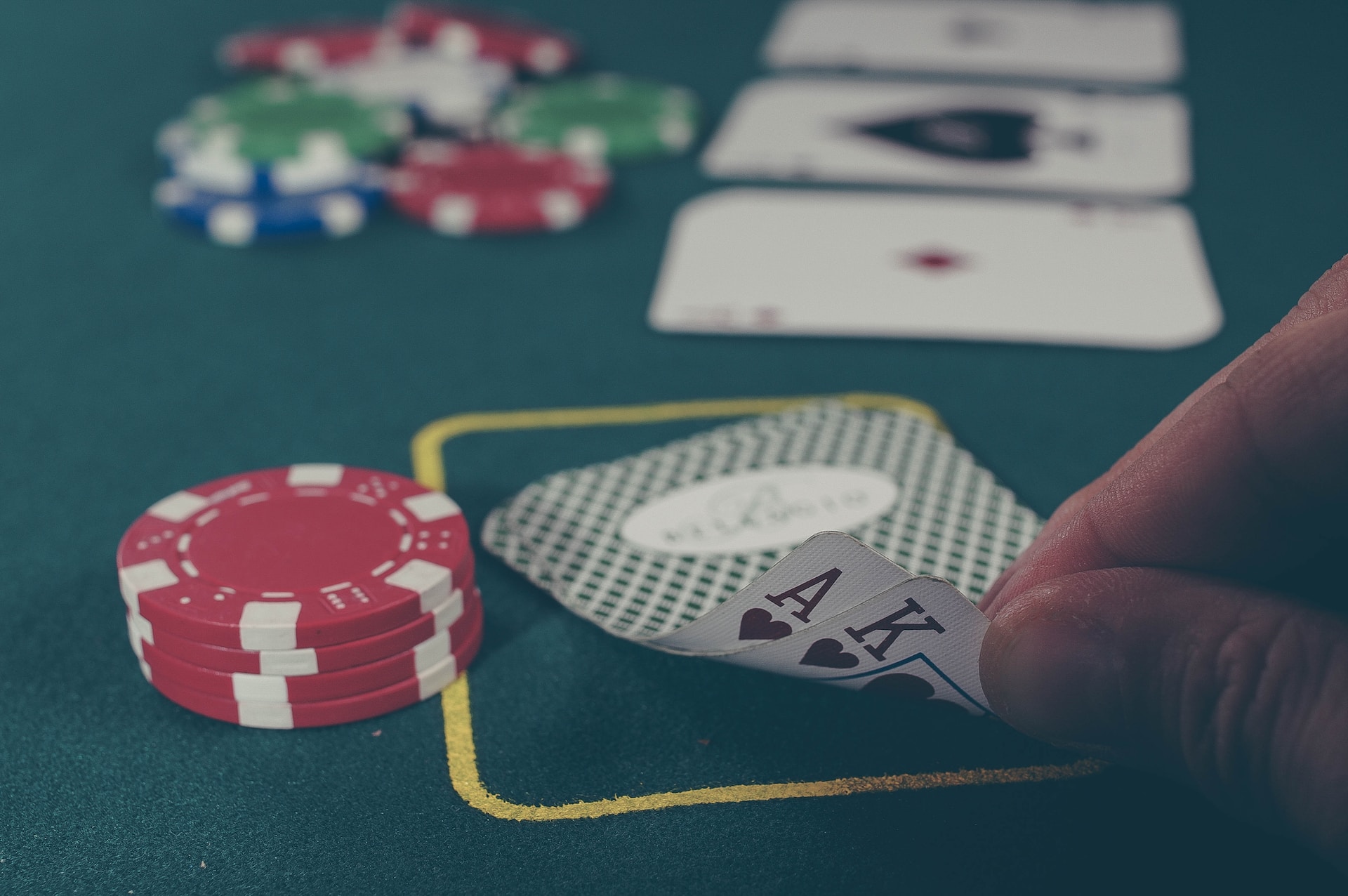Blackjack, also known as 21, is a card game that relies on skill, strategy, and a bit of luck. One of the crucial decisions a player will often face is whether to split a pair. Making the right choice can substantially influence the game’s outcome. In this blog post, we’ll delve into the art of splitting in blackjack, providing examples and explanations to enhance your understanding and increase your chances of winning.
Understanding the Basics:
Firstly, what does it mean to “split”? When you’re dealt two cards of the same value (like two 8s or two kings), you have the option to “split” them into two separate hands. You’ll then place a second bet equal to your initial bet and receive an additional card for each new hand.
The Strategy:
Deciding when to split isn’t just a matter of personal preference or gut feeling; there’s a basic strategy derived from mathematical probabilities that can guide your decisions.
1. Always Split Aces and 8s
- Aces: When you have two aces, your total can be either 2 or 12. By splitting them, you give yourself the chance to hit two blackjacks (Ace + 10-value card). Example: You’re dealt two aces. If you split and receive a queen on one ace and a 10 on the other, you have two blackjacks. If you don’t split, you’re starting with a soft 12, which is a weaker hand.
- 8s: 16 is often considered the worst hand in blackjack because it’s unlikely to win against a dealer’s 7 through Ace, but too high to hit comfortably. By splitting 8s, you give yourself a chance to build two more competitive hands. Example: You’re dealt two 8s (totaling 16) and the dealer shows a 10. By splitting, you could end up with 18 on one hand if you draw a 10, and perhaps another strong hand like 19 if you draw an ace on the other 8.
2. Never Split 5s or 10s
- 5s: Two 5s total 10, and it’s better to double down if the dealer shows a weak card. If you split 5s, you’re potentially turning a strong hand into two weaker hands. Example: You have two 5s, and the dealer shows a 6. Instead of splitting, you should double down, aiming for a total of 20.
- 10s: If you’ve got a total of 20, that’s a robust hand. Splitting tens is tempting, especially if the dealer shows a weak card, but it’s a risky play that often results in less favorable hands. Example: You have two 10s (totaling 20), and the dealer shows a 6. Hold onto that strong 20 instead of risking two potentially weaker hands.
3. Other Pairs:
- 2s and 3s: Split if the dealer has 4-7.Example: You have two 3s (totaling 6) and the dealer shows a 5. By splitting, you increase your chances of getting closer to 21 with each hand.
- 4s: Only split if the dealer has 5 or 6 (and the double after split is allowed). Example: You have two 4s (totaling 8) and the dealer shows a 5. If the game allows for a double after a split, this can be a favorable move.
- 6s: Split if the dealer has 2-6. Example: You have two 6s (totaling 12) and the dealer shows a 4. By splitting, you could create more favorable hand outcomes.
- 7s: Split if the dealer has 2-7. Example: You have two 7s (totaling 14) and the dealer shows a 6. Splitting can improve your chances of getting a stronger total on each hand.
- 9s: Split if the dealer has 2-6 or 8-9, but stand if the dealer has a 7, 10, or Ace. Example: You have two 9s (totaling 18) and the dealer shows an 8. Splitting can be beneficial here, but if the dealer had a 7, you’d be better off standing on your strong 18.
Conclusion:
Understanding when to split in blackjack is essential for optimizing your gameplay. By mastering the basic split strategy, you enhance your chances of leaving the table a winner. Remember to always consult the specific house rules of the casino you’re playing in, as they might influence your decisions. Happy gaming!
Read More: What to do if you have 17 in blackjack

